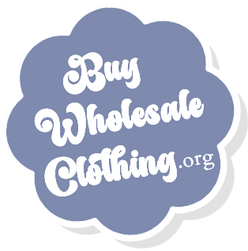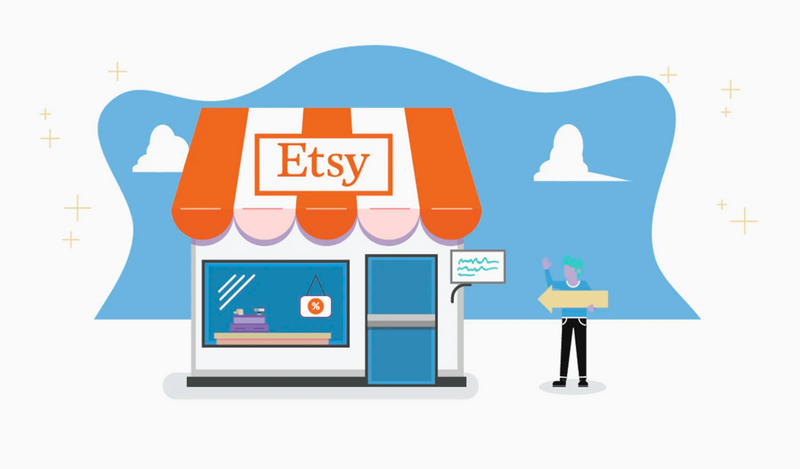
Boutique Blog – by Krystal W
Avoid the Summer Slump and Increase Sales
For most retailers, the summer season can lead to a noticeable dip in customer foot traffic and online sales. To beat any summer slowdown, the first step needed is to understand your customer trends during this season, such as when they typically plan vacations, attend outdoor events, or refresh their summer wardrobes. While summer sales typically dip, warm weather can also offer opportunities to capture the excitement of the season and align products with customer desires. Savvy retailers use the season to strategically boost sales and increase customer loyalty, so toward that goal, let’s discuss proven strategies that can bolster sales and avoid any retail summer blues! Create Summer-Themed Promotions Capitalize on the season by crafting sales around summer themes. Get creative and go beyond the typical 4th of July sales; like “Backyard BBQ Essentials” or “Vacay Must-Haves” to tap into your customers’ mindset and make your offerings irresistible. Below are more suggestions to jump start your creative ideas. Themed Flash Sales Organize flash sales that last for a limited time (i.e., 24 or 48 hours) that revolve around fun summer themes. For example, “Beach Day Essentials” offering items like sunglasses, hats and flip-flops, or a “Summer Nights” sale with lightweight jackets, scarves, and jewelry for cooler evenings. Promote these items on social media with graphics and countdowns to create urgency. Sunset Happy Hours Increase foot traffic by hosting a “Sunset Happy Hour” sales events in the late afternoon or early evening. Offer exclusive discounts and enhance the shopping experience with light refreshments and summer-themed music. This can create a festive shopping atmosphere that encourages customers to shop and enjoy. Summer Scavenger Hunt Organize a scavenger hunt either in-store or digitally via your social media platforms. In-store, hide symbols or items around your shop that customers can find to unlock discounts. For a digital version, create clues that guide customers through your website to discover hidden discount codes. Beat-The-Heat Discounts Offer dynamic discounts that change based on the temperature, such as setting the discount percentage equivalent to the day’s highest temperature (e.g., 85 degrees = 85% off selected items). Promote this sale heavily on days when the weather forecast predicts hot temperatures to drive traffic to your store during heatwaves. VIP Shopping Nights Host an exclusive after-hours shopping event for top customers, complete with personal styling and previews of new arrivals. Enhance the atmosphere with a summer theme, like tropical decor and refreshments to make customers feel appreciated and pampered. This is also a good time to gather feedback on your products and services directly from your best customers. Charity Support Sales Connect your summer sale with a cause. Choose a charity to support and advertise that a portion of every sale during a specific period will go to that charity. This can incentivize purchases and connect your brand with social/community good. Consider offering products that align with a charity’s mission or host a day where representatives from the charity can attend to talk about their work. Leverage Local Events Summer is packed with local festivals, markets, and community gatherings. Participate in these events to maintain visibility and attract new customers. You can set up a pop-up shop, kiosk, sponsor a booth, or partner with event organizers. This not only boosts your summer sales but can enhance your community presence to increase brand awareness. Host In-Store Events Organize in-store events such as styling sessions, summer fashion shows, or a meet-the-maker day with local artisans whose products you carry. Events are excellent for building community and giving people a reason to visit your store. Offering a special discount during the event can also convert attendees into buyers. Boost Your Online Presence It is imperative to optimize your store’s online presence, maintain an updated online inventory, and implement digital advertising strategies to reach your targeted customers. Engaging content that resonates with summer activities or preferences, shared across your social media platforms, can also drive online traffic and sales. Try re-merchandising your website a bit with a new homepage or cart layout. Offer Seasonal Loyalty Rewards Encourage repeat business through a summer loyalty program. Offer rewards that are seasonally appropriate and potentially quicker to attain, such as “Buy three, get your fourth summer essential at 50% off.” Make sure the rewards are tempting enough to bring customers back into your store multiple times throughout the summer. Partner with Other Local Businesses Team up with nearby businesses to cross-promote each other’s offerings. For instance, a collaboration with a local ice cream or home goods shop could involve offering discount vouchers to each other’s stores. These partnerships help widen your reach and attract a diverse array of customers. Re-Merchandise Your Store Refreshing your store layout can dramatically increase interest and sales. Move your merchandise around to highlight different items and create new displays that draw attention to products that might have been overlooked. Online, consider updating product categories and feature items on your homepage that are particularly suitable for summer or any current promotions. Do not underestimate the power of re-merchandising! Re-Style and Re-Shoot Products That Aren’t Selling If certain items aren’t moving, they might just need a new context. Restyle them in a summer setting, paired with best-sellers or seasonal items, and shoot new photos for your online and physical marketing materials. Fresh images can reignite interest and help customers see these products in a new light, potentially boosting their appeal. While most tourist and hospitality industries see a boon in sales during the summer, online stores and traditional retail typically experience a “cooling” of sales as temperatures heat up. This slump is mostly due to shoppers choosing to spend their money on trips, outdoor concerts, and sporting events, just to name a few. But this retail slump does not have to be the status quo. Smart retailers cash in on the tourism spending this time of year, while still marketing to local customers. Whether your business is online or also has brick-and-mortar locations, taking advantage of the summer season with sales-boosting strategies can make the difference between reaping summer sales or experiencing the summer blues. So don’t delay, let the creative process begin!

